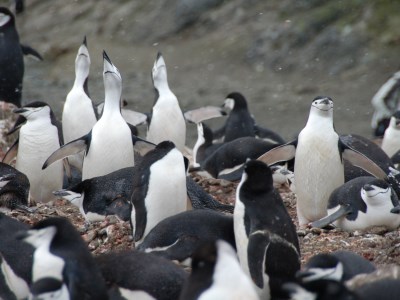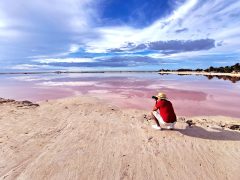Antarctica wildlife: what to see, when and where

The theatre of wildlife in Antarctica displays an ever changing narrative of birth, struggle, pleasure, fulfilment and death. You may witness the comedy of a waddling penguin building its nest, a mother bird feeding its young or reuniting with a returning mate; a wily seal escaping the clutches of a hunting whale.
Among a large variety of marine birds, four of the world's 18 penguin species breed in Antarctica (emperor, chinstrap, gentoo and Adélie).
Mammals abound here: blue orca, humpback, minke and southern right whales prowl the chilly ocean, while Weddell, Ross, crab-eater, leopard and elephant seals sprawl on the beaches. Plant life in Antarctica proper is restricted to lichen, mosses and algae, but there are hundreds of colourful varieties of these. There’s a greater range of plant-life thriving on the sub-Antarctic islands; in spring the Falkland Islands are awash with flowers.
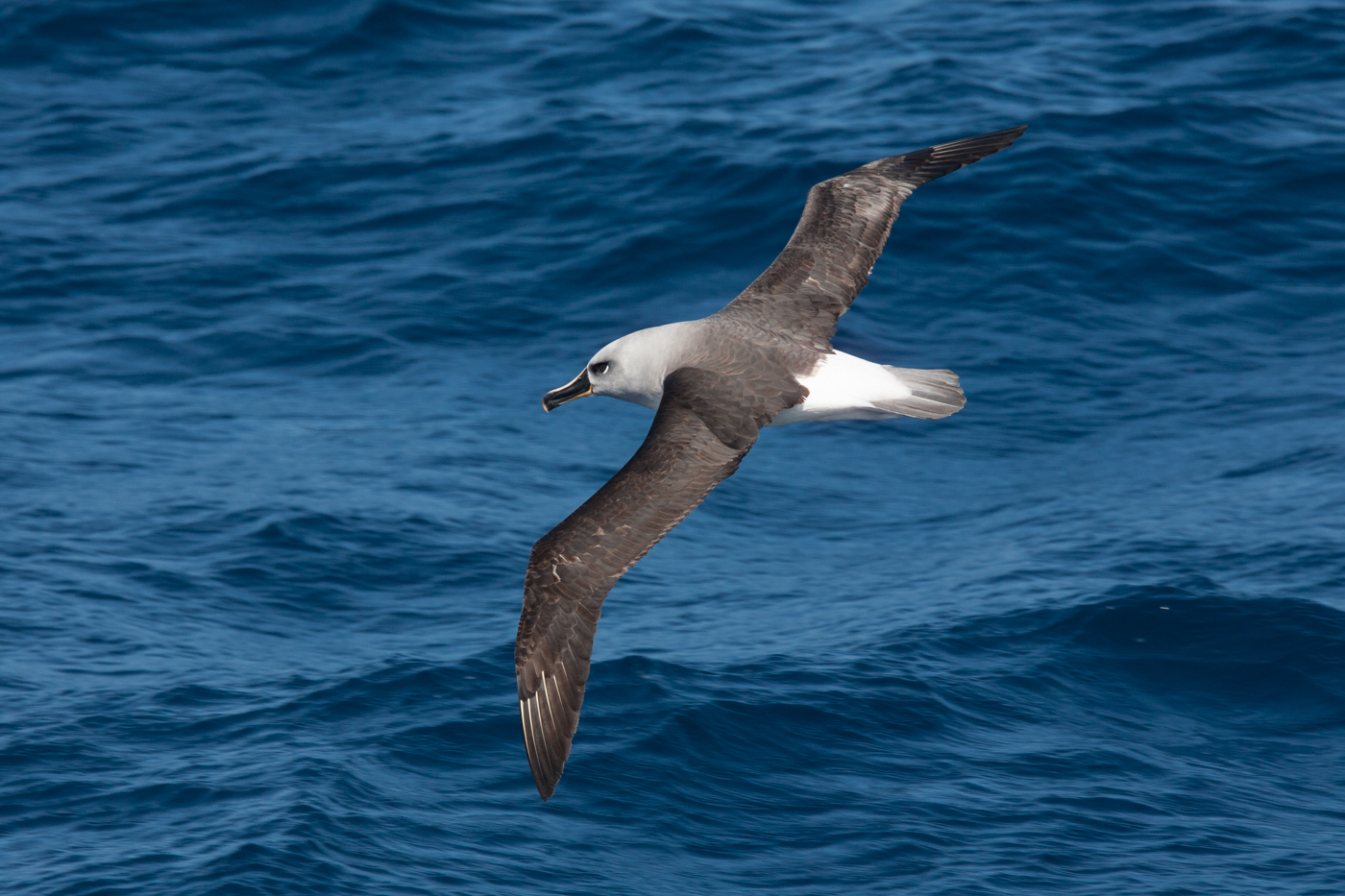
Drake Passage and the Antarctic Convergence
Over 35 species of bird may accompany your crossing. Species include giant petrels, Antarctic fulmars, and the black-browed and wandering albatrosses with wingspans up to 3m.
Visitors include chinstrap, gentoo, macaroni and Adélie penguins; giant petrels, Wilson’s and black-bellied storm petrels, brown and south polar skuas, Cape pigeons, Antarctic terns, blue-eyed shags, Dominican gulls, elephant, fur, leopard and crab-eater seals; humpback, minke and orca (killer) whales offshore.
Antarctic Peninsula
Chinstrap, gentoo and Adélie penguins abound. Breeding birds include skuas, Antarctic terns, giant petrels, snowy sheathbills, Antarctic shags, kelp gulls, Wilson’s storm, Antarctic and snow petrels. Also seen are leopard seals, Antarctic fur, crab-eater, Weddell and southern elephant seals; humpback, minke and killer whales.
Leopard seals bask on the ice floes, Adélie penguins throng on Paulet Island and a colony of emperor penguins is to be found on Snow Hill Island.
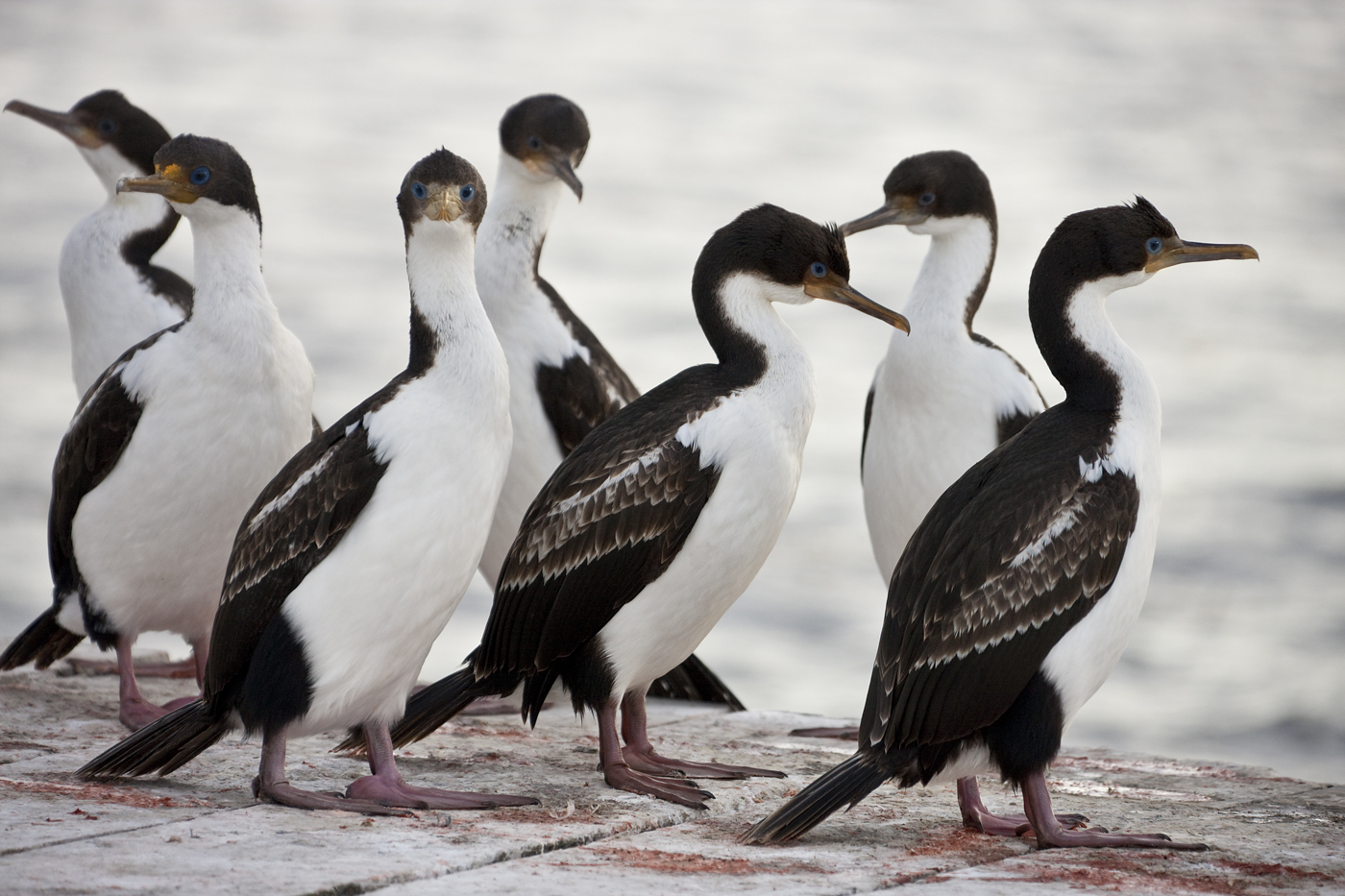
65 species of birds breed here including 6 species of penguin, 12 of albatross and smaller petrels, and over 30 of land-feeding birds. Marine birds form large colonies on the remote western islands. There are no native mammals: introduced species include rabbits, foxes, otters, guanacos and domestic and farm animals. The coasts are frequented by southern sea-lions, Falkland Islands fur seals and elephant seals. The harbours host leopard seals, killer whales, pilot whales, several species of dolphin and spectacles porpoises.
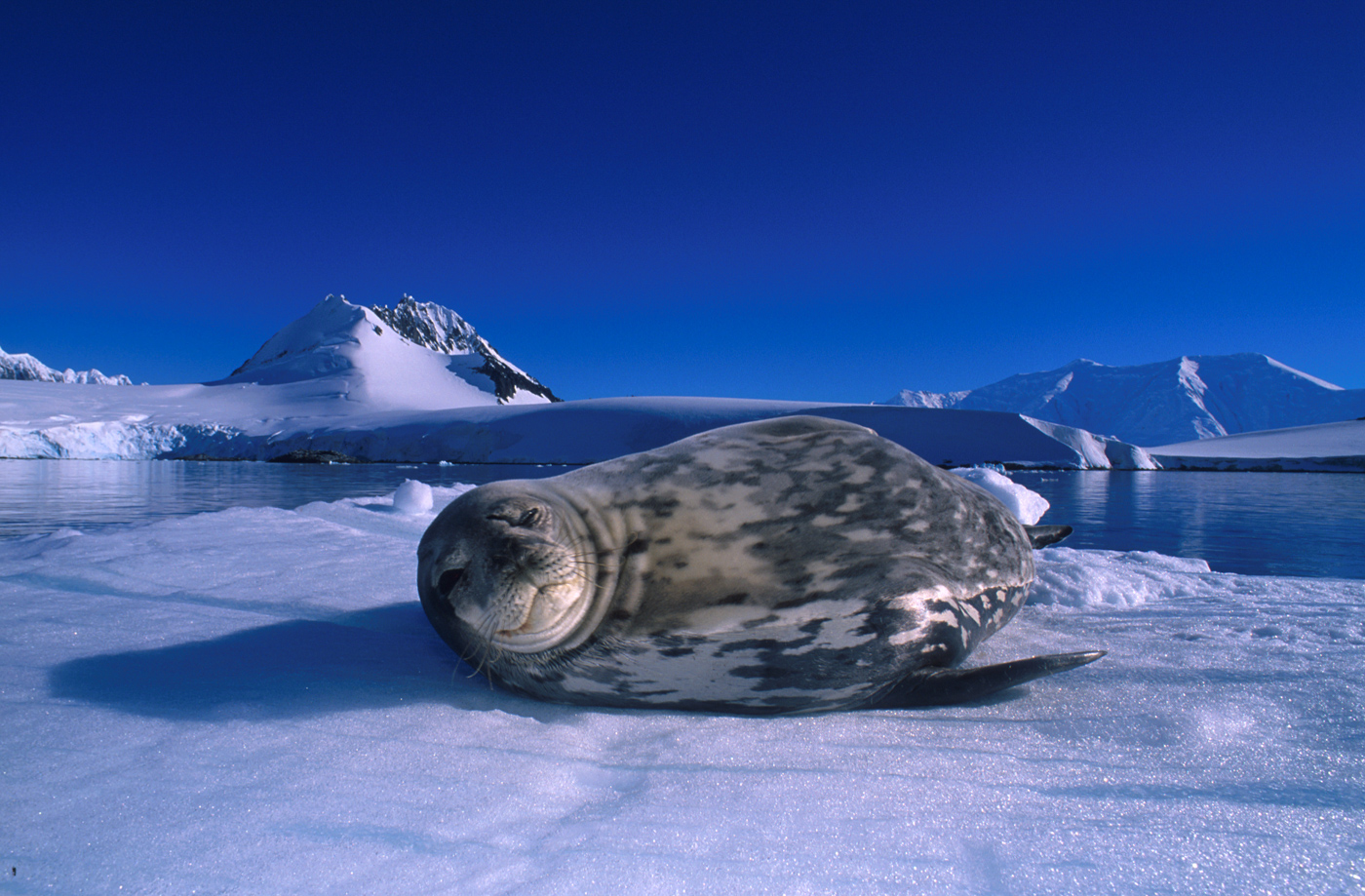
Breeding colonies of king, gentoo and macaroni penguins are to be found, Adélie, chinstrap, Magallenic and rockhopper penguins may also be spotted, with Antarctic giant petrels, snow petrels, snowy sheathbills, Antarctic and slender-billed prions, albatrosses and mollymawks. Elephant seals, and over a million fur seals breed on the beaches, while leopard seals hunt for strays around the penguin colonies.
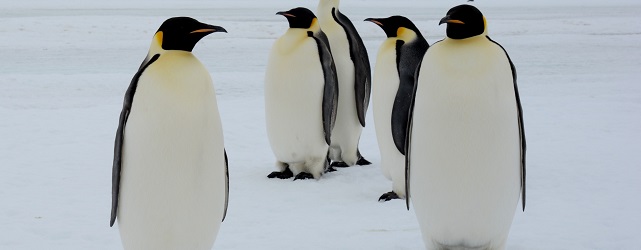
The wildlife highlight here is the presence of colonies of the regal emperor penguin, the largest of all penguin species, usually present between October and early December.
Tailor-made holidays
Flexible, custom-made holidays to Latin America created to match your exact requirements: our tailor-made itineraries are as unique as the clients for whom they are designed.
Design my tripPapagaio
Your edit for Latin American inspiration
Our exciting range of articles on Latin America explore everything from iconic destinations and lesser-known cultural gems to delicious traditional recipes. You’ll also find exclusive travel tips, first-hand client reviews and the chance to get your personal questions answered by our travel experts.
View Extraordinary Inspiration
